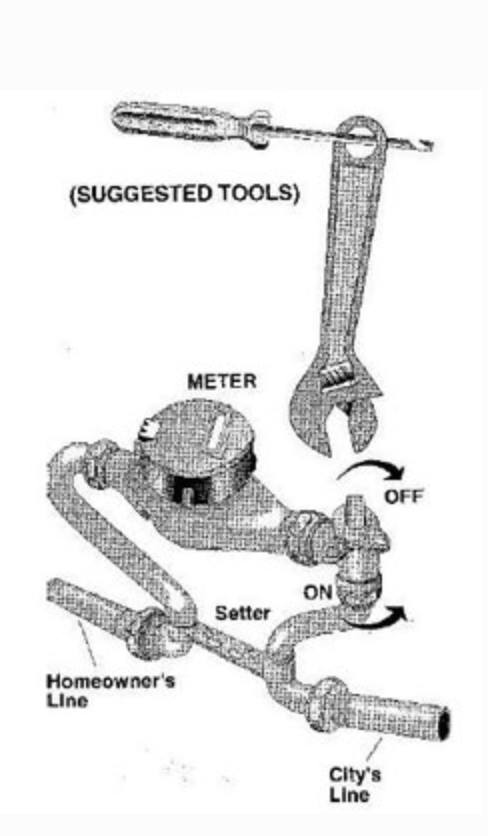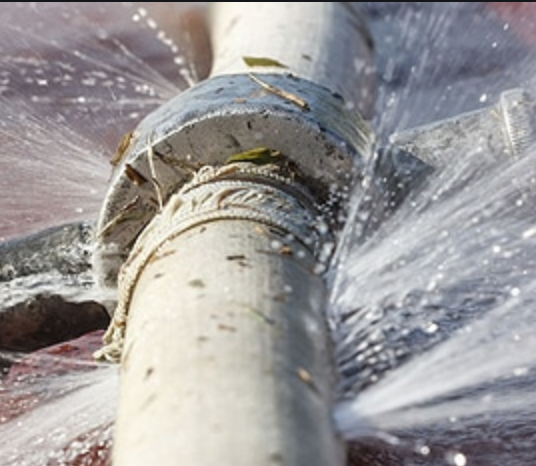Since fall and winter are approaching, review the following actions to insure you are ready for the cold weather with regards to insurance coverage and preventing fire sprinkler issues and water damage. Several homeowners over the years have experienced significant water damage from fire sprinkler pipes freezing in winter months and bursting. Unfortunately, the Georgia building code does not require insulation of this piping and everyone is susceptible, even if the temperature is high in the home. We’ve also learned there is no easy solution for the prevention of these pipes bursting. Please take the following steps to help protect your home.
Four homeowner tips to help prevent pipe bursting:
- Keep temps at 70+: Keep your home at 70 degrees or higher any time the outside temp drops below freezing, even if you are not home. Always check for upcoming low temps when traveling to set the heat accordingly. New thermostat technology even allows for adjustments from a smartphone, allowing you to increase the heat in your home if you are away.
- Portable Heater in Sunrooms: Run a portable heater in the sunrooms when temps drop below freezing, as these areas are more exposed to wind and cooler temps compared to the rest of the house. This also appears to be commonplace for pipe bursting occurrences along with the attic.
- Add insulation to exposed Attic Pipes: Some residents have applied insulation sleeves on the fire sprinkler piping in the attic, which can be purchased at any home improvement store. These are the only fire sprinkler pipes that are easily accessible. The rest of the piping system is surrounded by sheetrock on the ceilings for all three levels.
- Leave attic door open: Some residents leave the attic door open to encourage heat from the home to circulate for sprinklers in the attic. Placing a thermometer in your attic will give you an indication of how cold it can drop up there.
If a frozen pipe break, you should know where the main shut-off valve that controls the flow of water into your home. There is a shut-off valve in the meter box in front of your unit that you can use in an emergency. This can be turned clockwise with an adjustable wrench or purchase a meter key.


